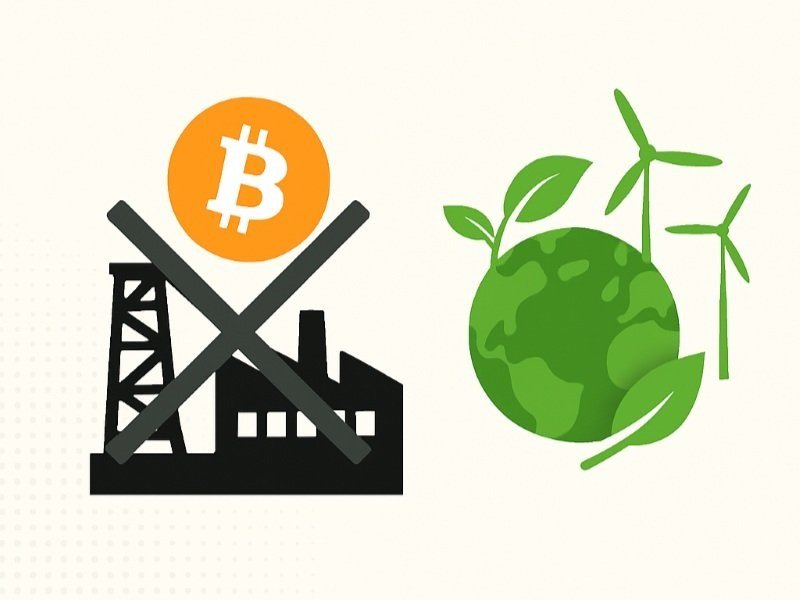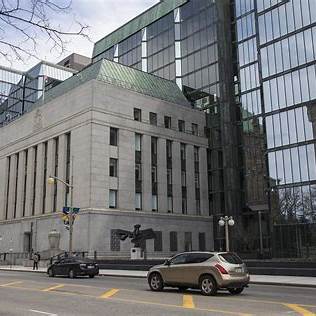Bitcoin critics love to attack one thing: energy consumption.
Scroll through news feeds, and you’ll hear it nonstop: “Bitcoin is bad for the environment.” “It’s a waste of electricity.” “Mining is destroying the planet.”
These claims sound alarming until you dive into the 2025 data.
Far from being an environmental villain, Bitcoin mining is harnessing stranded energy, boosting renewables, and even stabilizing grids. As AI surges toward consuming more power than Bitcoin by year-end, it’s time to set the record straight on how Bitcoin is pushing toward a cleaner energy future.
This isn’t just Bitcoin defense, it’s about real sustainability in a world hooked on energy-hungry systems.
Busting the Energy Use Myth
Yes, Bitcoin mining uses electricity—a lot of it, around 138-173 terawatt-hours (TWh) annually in 2025, comparable to a small country like Argentina. But so does everything else. Why the selective outrage?
Consider the alternatives Bitcoin challenges:
- Gold Mining: Uses 240-250 TWh/year more than Bitcoin plus chemicals, fuel, and ecosystem destruction.
- Banking System: Consumes ~263 TWh/year, over twice Bitcoin’s footprint, powering skyscrapers, ATMs, data centers, and armored trucks.
- Streaming and Social Media: Energy-guzzling servers rival or exceed Bitcoin’s use, yet escape scrutiny.
Bitcoin stands out for its transparency: Every watt is auditable on-chain, unlike opaque traditional systems.
What Makes Bitcoin’s Energy Use Unique
Bitcoin mining isn’t wasteful. It’s adaptive, chasing cheap, underused energy sources.
Here’s the edge:
✅ Stranded and Wasted Energy: Miners tap excess from hydro dams, off-peak wind farms, or flared gas (otherwise burned, releasing methane). Companies like Crusoe cut emissions by converting flare gas to power. In 2025, this stabilizes grids e.g., UK wind farms curtailed over a third of output due to excess, with costs to consumers; miners could absorb that.
✅ Location-Agnostic: Needs just power and internet, thriving in remote spots no other industry touches.
✅ Zero Physical Waste: No paper, ink, coins, trucks, or branches just efficient computation securing a global network.
How Bitcoin Supports Sustainability
Myth: Bitcoin mining is “dirty.” Reality: It’s accelerating renewables, with 52-62% of energy from clean sources like hydro (top in Canada), wind, geothermal (Iceland’s forte), and recycled flare gas. Coal? Down to ~9%.
In Canada, firms like Bitfarms run on hydro; Iceland and Norway leverage geothermal/hydro, though Norway’s 2025 temp ban on new ops highlights regulatory hurdles. Miners act as flexible demand, ramping up during surpluses to make renewables more viable.
Bitcoin isn’t just using green energy, it’s making it profitable, potentially hitting 70% sustainable by 2030.
Bitcoin vs. Traditional Systems: 2025 Side-by-Side
| Sector | Energy Use (TWh/Year) | Transparency | Renewable % |
|---|---|---|---|
| Banking System | ~263 | Low | Mixed |
| Gold Mining | 240-250 | Low | Low |
| Bitcoin | 138-173 | High | 52-62% |
Conclusion: Energy Isn’t a Flaw—It’s a Feature
Bitcoin’s energy use powers a decentralized, trustless network replacing inefficient systems with math.
In 2025, as adoption grows, so does innovation: from flare gas capture to grid-balancing. Next time someone cries “waste,” counter: “No, it transforms energy.”
Ready to dive deeper? Visit 1Bitcoin.ca to learn more.
Own your future with Bitcoin—we make it simple, secure, and sustainable for Canadians.
Disclaimer: Data as of August 2025; past trends don’t guarantee future. Crypto involves risks, consult advisors.




